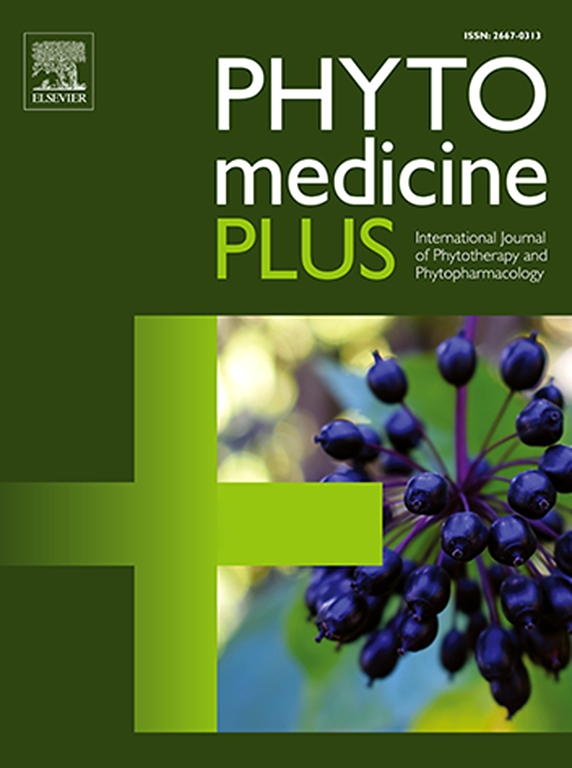Telomerase inhibiting phytochemicals derived from Blumea eriantha for cancer treatment: A comprehensive computational analysis
Q3 Pharmacology, Toxicology and Pharmaceutics
引用次数: 0
Abstract
Background
One potential treatment target for cancer cells is telomerase, an essential enzyme involved in the longevity of cancer cells. Current cancer treatments targeting telomerase often involve synthetic drugs with significant side effects, necessitating alternative approaches such as plant-based therapeutics. This study investigates the anti-telomerase activity of twelve phytochemicals derived from Blumea eriantha for cancer treatment.
Methods
We examined the binding relationships between telomerase and the phytochemicals by performing molecular docking using Glide – Schrödinger, CB-Dock2 (Covalent Blind Docking 2), and Achilles Blind Docking. To further assess the interaction and stability of these phytochemicals and predict their behavior in a biological environment when targeting telomerase, we conducted molecular dynamic simulations using Desmond–Schrödinger. A comprehensive pharmacokinetic analysis using SwissADME and pkCSM (Pharmacokinetics and Toxicity by Computational Structure-based Models) supported these results by determining the drug-like qualities of these phytochemicals. The study further went on to identify synergistic treatment combinations using the Handy Recommendation Algorithm for Cancer Synergy (HRACS), where certain pairs of phytochemicals demonstrated enhanced anti-cancer efficacy against telomerase protein in A549 and MCF-7 cancer cell lines, suggesting that combinatorial therapy techniques may have potential.
Results
Among the phytochemicals evaluated, Tyrphostin AG494 demonstrated the highest binding affinity to telomerase, as evidenced by its lowest interaction energy, with a Glide – Schrödinger Docking Score of -8.802 kcal/mol and a CB-Dock2 and Achilles Blind Docking Score of -8.5 kcal/mol. The phytochemical also exhibited a robust binding affinity mediated by consistent magnesium metal ion interactions involving key residues such as Asp251, Asp252, Ile252, and Asp343, along with additional hydrogen bonding and water-mediated contacts that enhance its stability and selectivity. Furthermore, all the phytochemicals, except Quassimarin, demonstrated various drug-like ADMET (Absorption, Distribution, Metabolism, Excretion, and Toxicity) parameters and validated Lipinski's rule of five, Veber, and Egan drug-likeness rules.
Conclusion
Tyrphostin AG494 is the most effective natural phytochemical for inhibiting telomerase, exhibiting excellent binding affinity and stability, strong ADMET properties, and a safe toxicity profile. Therefore, following experimental validation, Tyrphostin AG494 is the most suitable and prospective candidate for telomerase inhibition and cancer therapy.

求助全文
约1分钟内获得全文
求助全文
来源期刊

Phytomedicine Plus
Medicine-Complementary and Alternative Medicine
CiteScore
3.70
自引率
0.00%
发文量
178
审稿时长
81 days
期刊介绍:
 求助内容:
求助内容: 应助结果提醒方式:
应助结果提醒方式:


